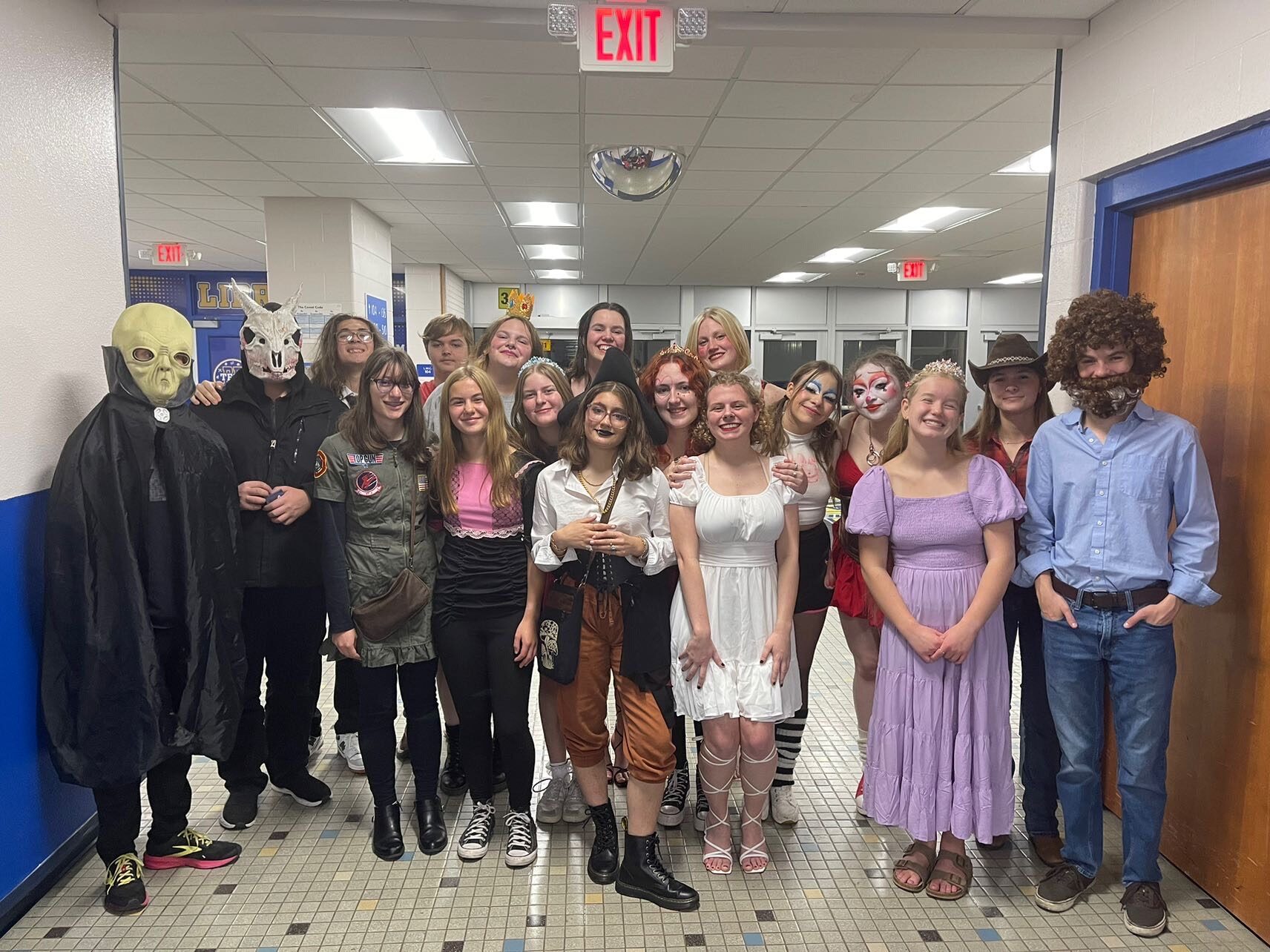By Abagail Kiem

Picture walking through a high school where the lively sounds of art classes, band practice, and theater rehearsals are missing. Fine arts programs across the United States are experiencing challenges as student enrollment declines and support for arts education wavers. The creative energy that once filled these buildings is disappearing, leaving some students with fewer chances to explore their artistic talents and learn important skills.
Fine arts courses in art, music, and theater foster creativity and teach critical thinking, collaboration, and emotional expression. Without these outlets, students miss out on vital aspects of their education that standardized subjects will struggle to replace. Some may argue fine arts courses are not as valuable as others. However, numerous studies show that students involved in the arts perform better academically and are more engaged in school. The National Federation of State High School Associations (NFHS) reports that fine arts “programs develop students’ social-emotional and interpersonal skills.” The arts also provide a sense of community and belonging, which is crucial for student well-being.
This decline in fine arts programs is alarming. Schools often prioritize core subjects like math and science, leaving fine arts on the chopping block. This shift in focus means fewer resources and less support for arts programs, making it harder for them to thrive. To combat this trend, communities must advocate for the importance of fine arts in education. Supporting local arts programs, attending school board meetings, and raising awareness can help ensure these essential programs receive the attention and funding they deserve. Without action, the silence in our schools will only grow louder, and the rich cultural fabric of our education system will continue to unravel.